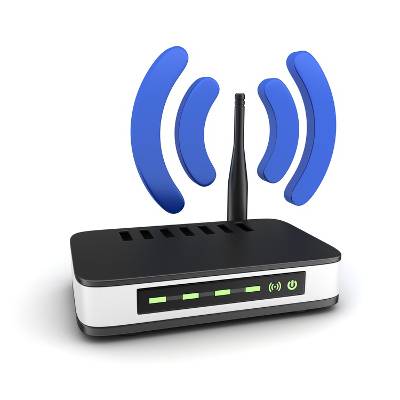Chances are that when you signed up for Internet service via your Internet service provider, or ISP, they hooked you up with a router that you would use to broadcast your wireless network’s signal around your office. While this is all well and good, we think you have valid reasons to replace that router with one that is better suited to your business’ needs. Why, you ask? Read on and find out.
Macro Systems Blog
For a technology that’s so commonplace, Wi-Fi rarely receives an update unless a catastrophic new threat becomes a major issue. Most recently, the KRACK vulnerability exposed serious shortcomings regarding WPA2 connections--a technology that has been in place since 2004. A new version of this technology called WPA3 has been introduced to combat the most recent threats and vulnerabilities, improving security considerably.
Some cyber threats out there are dangerous enough to cause major entities to warn against them. Specifically, a recent malware called VPNFilter has been deemed hazardous and prevalent enough that the FBI has addressed it. Since the malware targets routers, it has significant potential to become a considerable problem for your business.
Cybercriminals and hackers, like most people, have a tendency to gravitate towards high-reward activities. In this instance, that means that focus is turning to developing malware that attacks the router, potentially infecting the users that leverage it to connect wirelessly to the Internet. Researchers at Kaspersky Lab discovered an example of such a malware; let's examine this threat and how to best protect your network.
Your wireless router is critical to your business’s online infrastructure and provides your team with precious wireless Internet connections throughout the office. You need to ensure that the signal can reach your entire office. Here are some tips to help you figure out where to put your router, and to ensure that its signal is as strong as possible throughout your office.
 When diagnosing your computer's security problems, it should be noted that malware is not always located on the PC itself. A lot of the time, problems could be occurring in a number of different operating systems and browsers, making it difficult to diagnose the cause. A recent study by Ronald Kaplan and Dylan Kaplan proved that malware can be located not only on your computer and devices, but even on your wireless router.
When diagnosing your computer's security problems, it should be noted that malware is not always located on the PC itself. A lot of the time, problems could be occurring in a number of different operating systems and browsers, making it difficult to diagnose the cause. A recent study by Ronald Kaplan and Dylan Kaplan proved that malware can be located not only on your computer and devices, but even on your wireless router.
 You may have noticed last week that the Internet was having some trouble with its operating speeds, but now we know for sure why. The root of the problem lies in Tier 1's Internet routers' Border Gateway Protocol routing tables, which have exceeded their maximum size, and has brought about the failure of these routers to operate at maximum speed.
You may have noticed last week that the Internet was having some trouble with its operating speeds, but now we know for sure why. The root of the problem lies in Tier 1's Internet routers' Border Gateway Protocol routing tables, which have exceeded their maximum size, and has brought about the failure of these routers to operate at maximum speed.
 Is your wireless router an older model? If it is, then you owe it to yourself to upgrade the latest model. Depending on your Internet connection, upgrading your wireless router may be the easiest way to increase your bandwidth. Next-gen routers also come with new easy-to-use security features that don't require passwords, making an upgrade worth the effort.
Is your wireless router an older model? If it is, then you owe it to yourself to upgrade the latest model. Depending on your Internet connection, upgrading your wireless router may be the easiest way to increase your bandwidth. Next-gen routers also come with new easy-to-use security features that don't require passwords, making an upgrade worth the effort.








